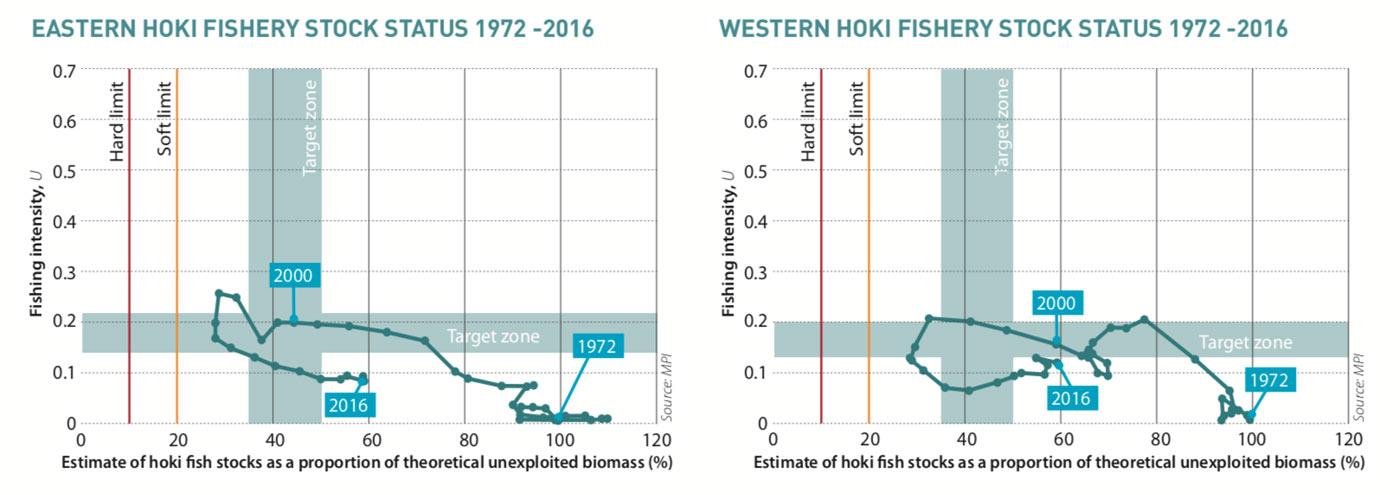Our Sustainable Story
Our commitment to the planet is showcased by our approach of upcycling waste byproducts into high-value compounds that promote human health. Wherever possible, SeaDragon seeks to reduce or eliminate waste from our production processes and works with other clever companies to make use of our waste streams.
SeaDragon formally reviews our raw material sourcing arrangements to assess the oversight and management of the fisheries and only purchase from independently certified sustainable sources.
SeaDragon is a proud 'Investor for Impact' in the Sustainable Business Network.
SEADRAGON’S FISH OIL SUPPLY CHAIN
SeaDragon’s vision to be a trusted provider of world-class Omega-3 DHA ingredients, sustainably sourced then manufactured with pride in New Zealand. We have integrated sustainability into our vision because careful management of marine resources is integral to the viability of our industry for the long term.
SeaDragon upcycles Omega-3 oils from waste products out of tuna canneries, from tuna caught in certified sustainable fisheries predominantly from the Pacific Ocean. Once Seadragon has refined these waste byproducts, they are transformed into high-value human nutrition products.
We also source crude oil from the NZ Hoki fishery, recognised as one of the most sustainably managed fisheries globally and from batch-fermented algae. Our strategy is for these products to become a growing share of the oil we source and refine.
SeaDragon formally reviews its unrefined oil sourcing arrangements to assess the oversight and management of these fisheries and are committed to only sourcing raw material from fisheries that have independent sustainability certifications.
The review, which considered the management of the fisheries and independent assessments on their health, has confirmed the strength of our responsible sourcing processes and further reinforced our confidence that SeaDragon’s practices are aligned with building a sustainable business for the long term.
TUNA FISHERIES MANAGEMENT
Research commissioned by the Western and Central Pacific Fisheries Commission (WCPFC) and the Indian Ocean Tuna Commission (IOTC) have found the fisheries from which SeaDragon sources unrefined fish oil are healthy and more than capable of supporting the current level of fishing. Data comparison between the two regions is difficult due to different scientific approaches.
The International Seafood Sustainability Foundation (ISSF), a global organisation formed in 2009 as a non-profit partnership among the tuna industry, scientists and the World Wide Fund for Nature, is one of the many non-governmental organisations that review the WCPFC and IOTC data and research.
In the ISSF’s most recent report assessing tuna stocks across different regions it used a consistent methodology allowing an easy comparison between regions. The ISSF validated
the findings of the WCPFC and IOTC science and it made the following assessments of the stocks from which SeaDragon sources its oil.
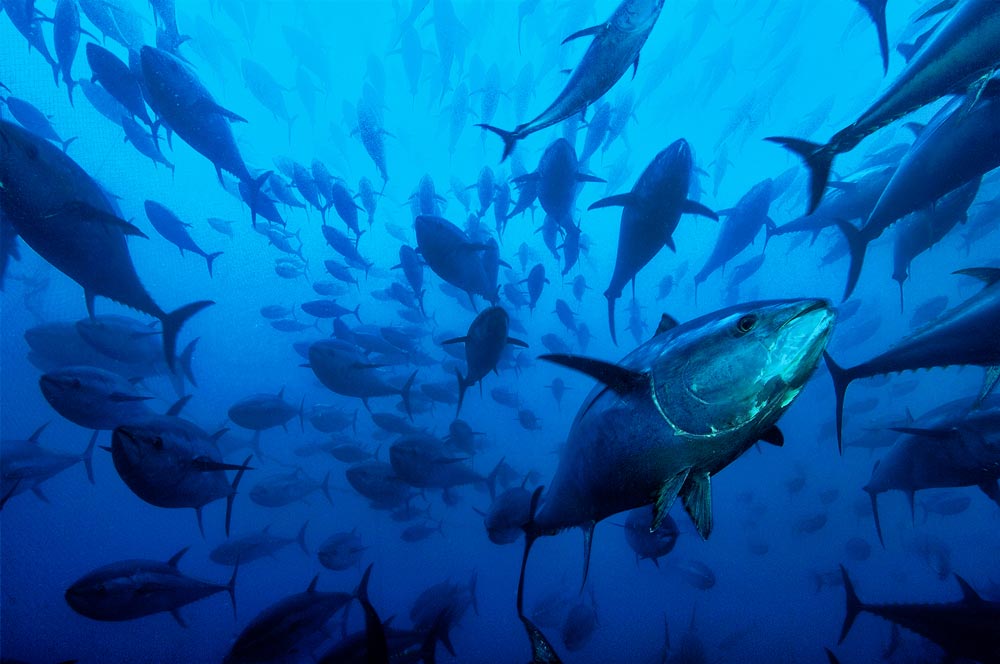
TUNA FISHERIES MANAGEMENT REGIONS
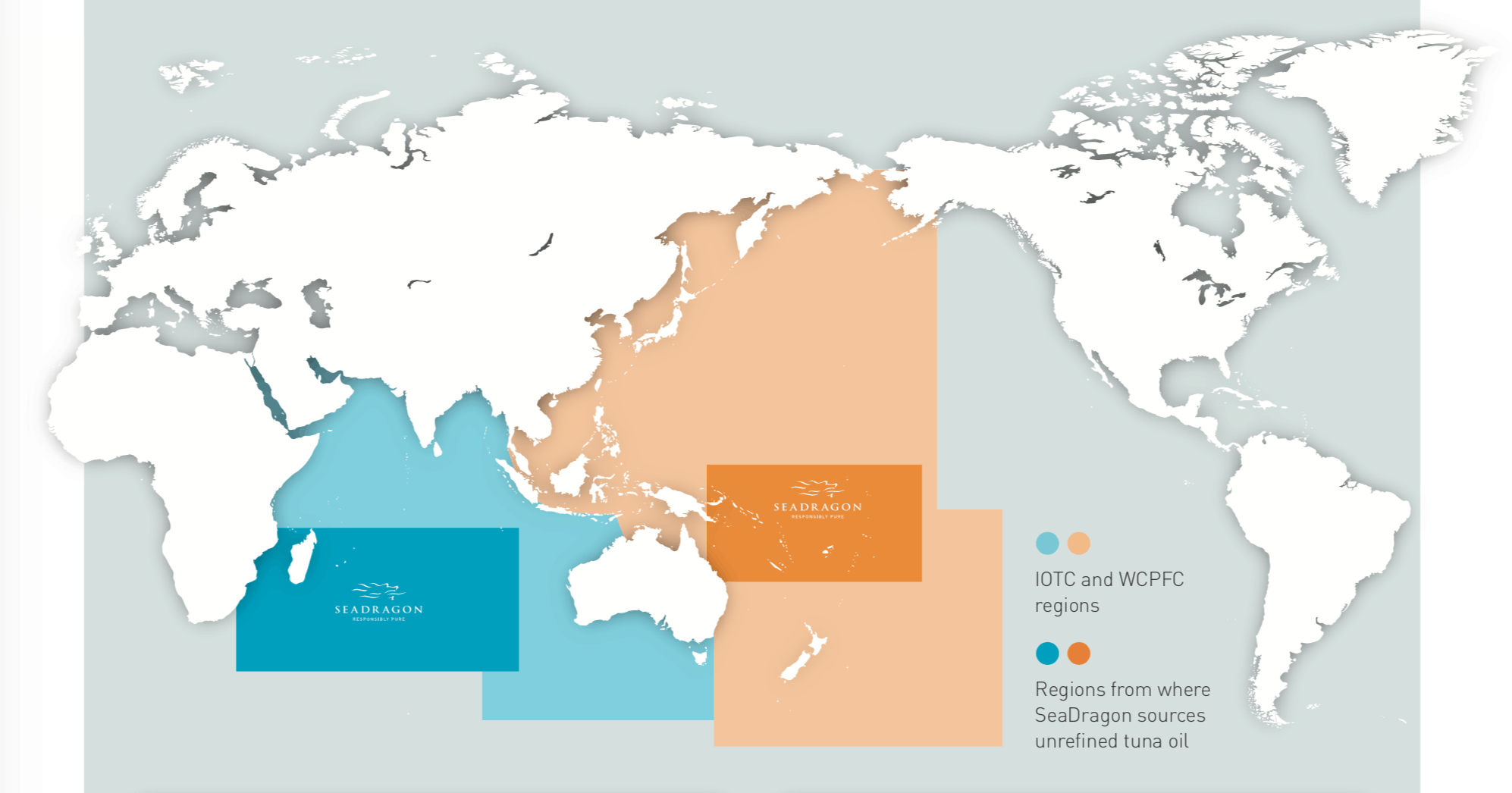
INDIAN OCEAN TUNA COMMISSION (IOTC)
In the Indian Ocean SeaDragon sources unrefined tuna oil from members of the IOTC. It is charged with the management of tuna stocks in the region to ensure the optimum use and the sustainable development of the region’s tuna fisheries. The IOTC’s 32 members states, and the fishing vessels operating out of those states, must comply with the IOTC’s conservation and management measures. The IOTC operates a monitoring and surveillance programme to ensure compliance.
WESTERN AND CENTRAL PACIFIC FISHERIES COMMISSION (WCPFC)
SeaDragon sources unrefined oil from countries in the Pacific that are members of the WCPFC one of a global network of fishery management organisations. Fishing entities operating out of the 27 WCPFC member countries are bound to the rules of the WCPFC. The commission has established monitoring, control and surveillance programmes to ensure compliance with the rules.
TUNA STOCK ASSESSMENTS
Fishing in the Indian Ocean and Western Pacific ocean as a percentage of the maximum total fish stocks as assessed by the International Seafood Sustainability Foundation (ISSF).
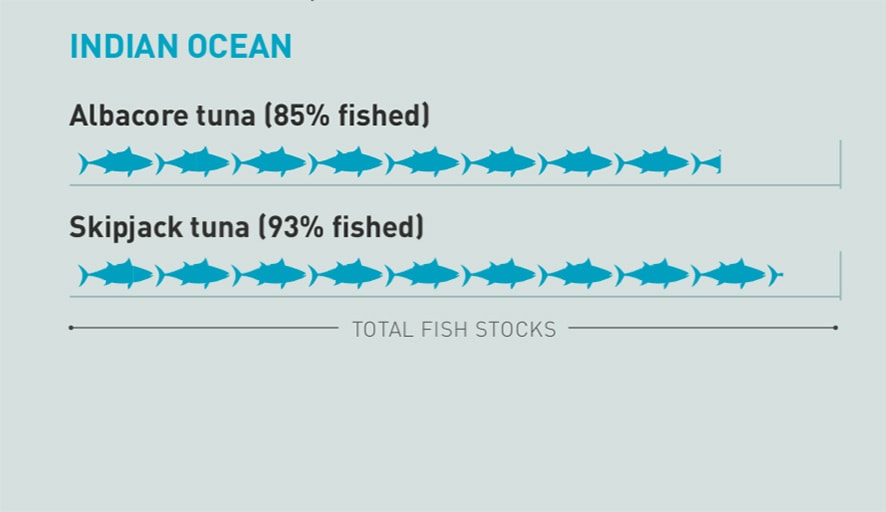
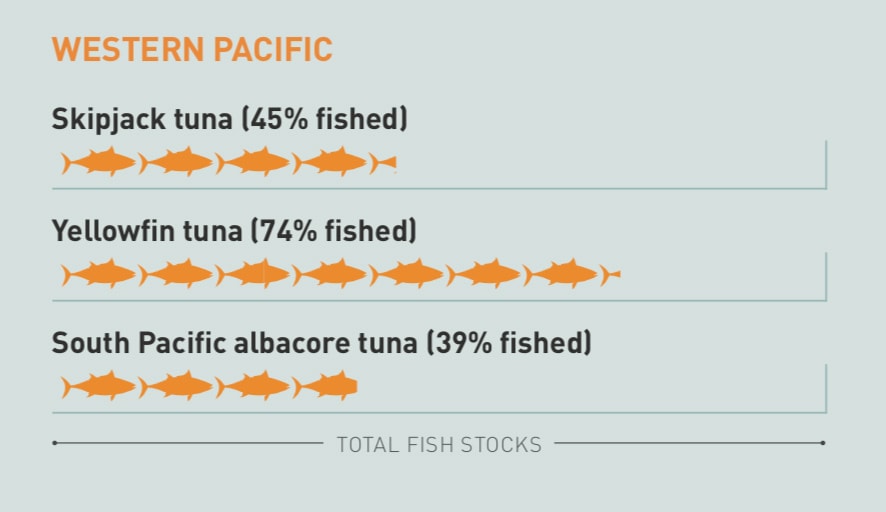
HOKI FISHERIES MANAGEMENT
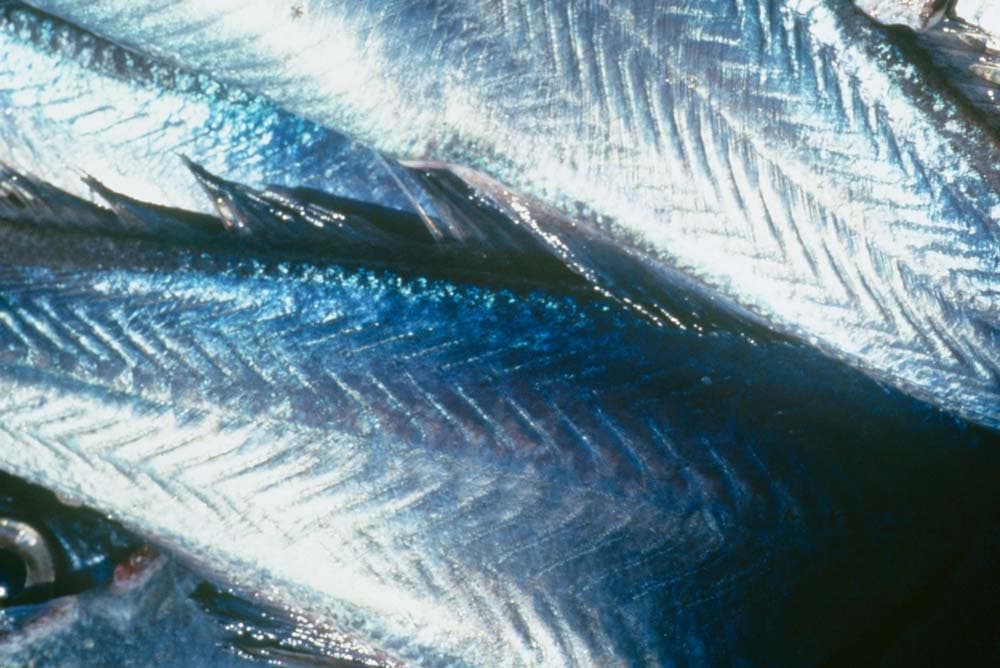
SeaDragon sources hoki and a mix of other species caught within the New Zealand exclusive economic zone and managed under the New Zealand Quota Management System, which has its focus on the sustainable management of fish stocks.
The system is managed by the New Zealand government (MPI), which sets a yearly catch limit (the total allowable catch) for every fish stock. The quota is tradeable among fishing entities and is set to ensure enough fish remain for future breeding.
The New Zealand hoki fishery is certified by the Marine Stewardship Council, an international non-profit organisation that provides certifications on the sustainability of fisheries around the world. It was the first white flesh fishery in the world to receive this certification.
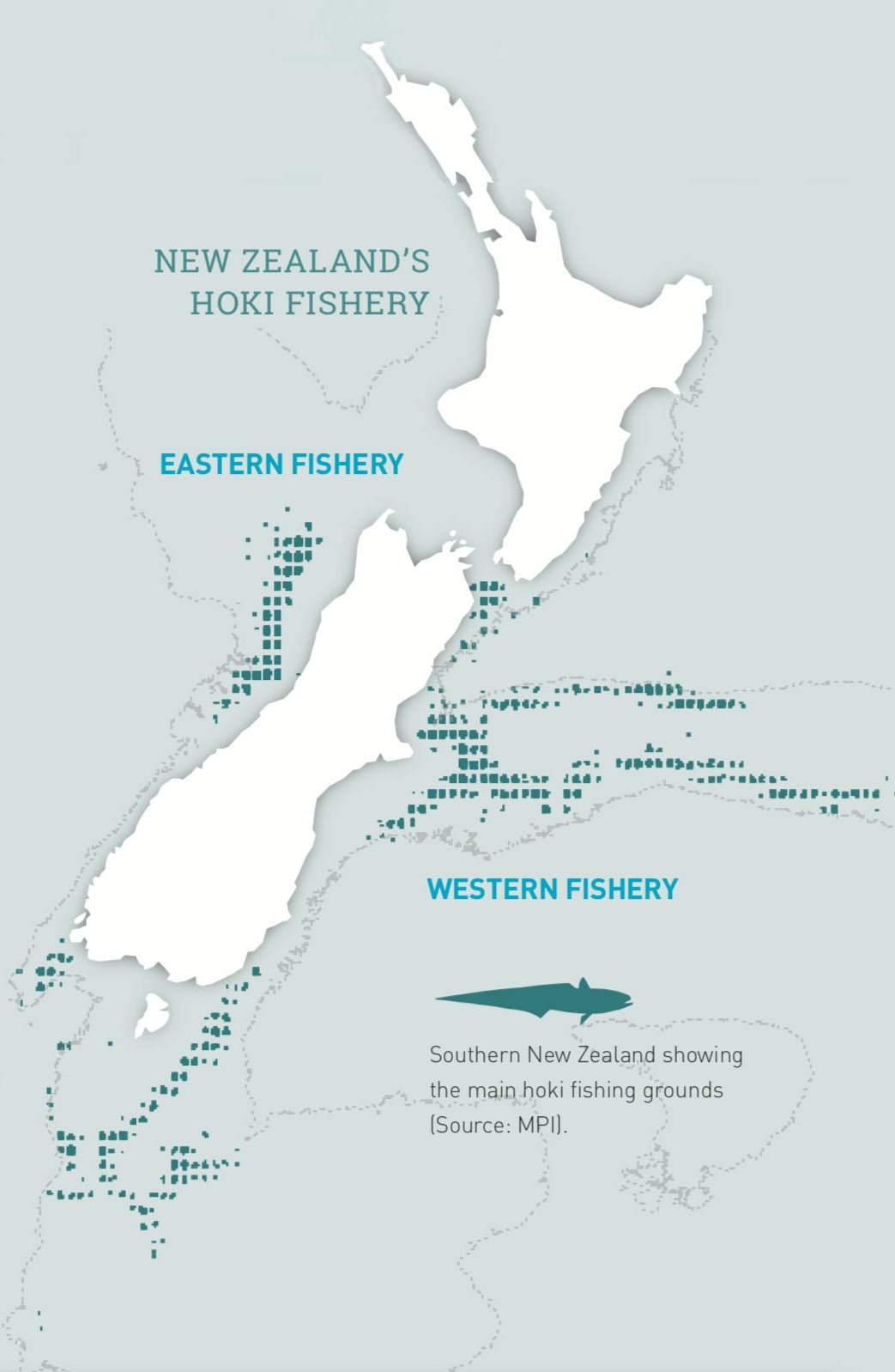
HOKI STOCK ASSESSMENTS
The hoki fishery is managed as two stocks: the eastern fisheries and the western fisheries. In 2017 MPI found both the eastern and western fish stocks have been increasing since 2006 and that the biomass of the western stock represents 40-79% of the theoretical unexploited biomass, while the eastern stock represents 44% - 75% of the theoretical unexploited biomass.
The graphics below show the trajectory of the stocks since 1972.
